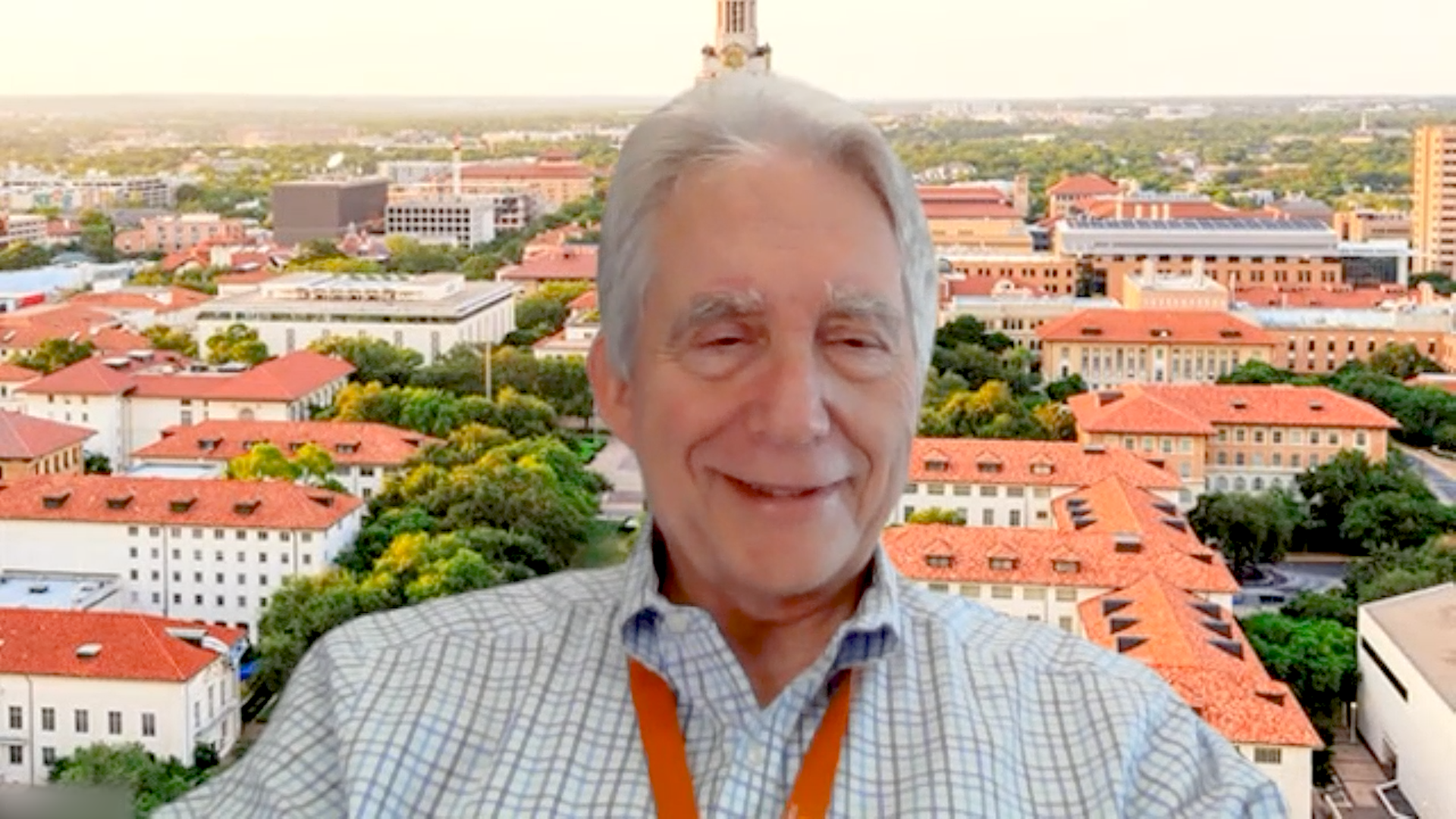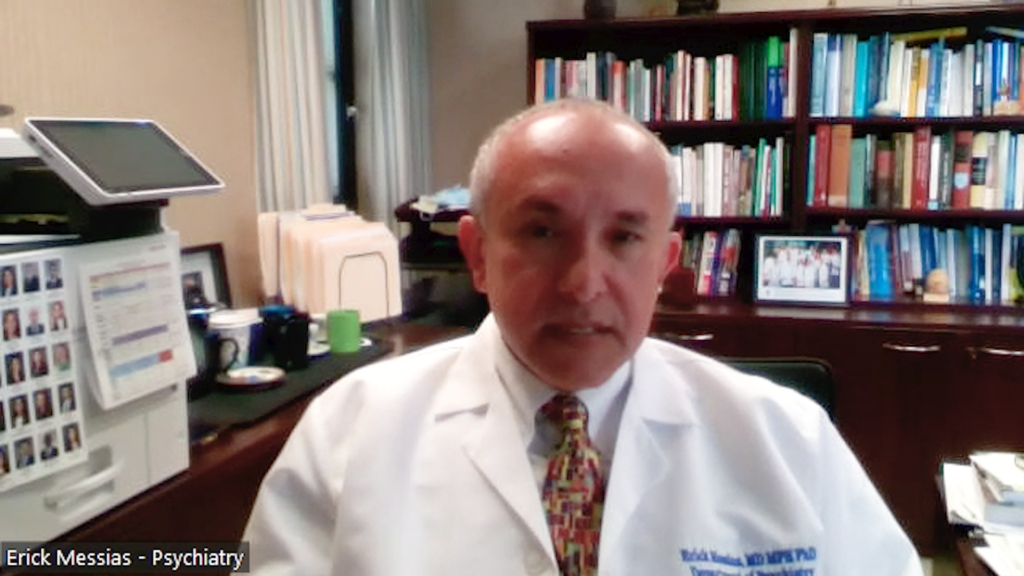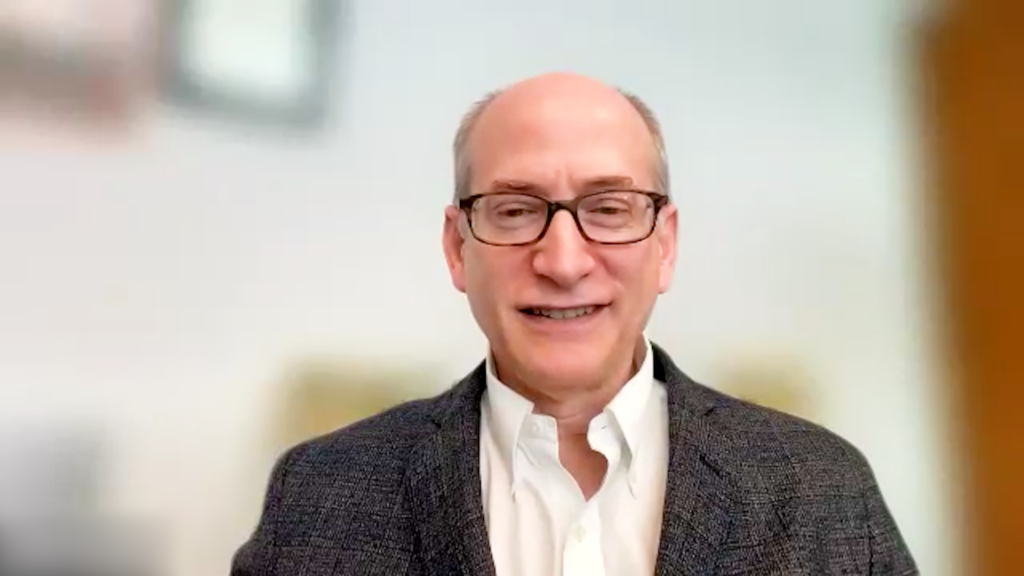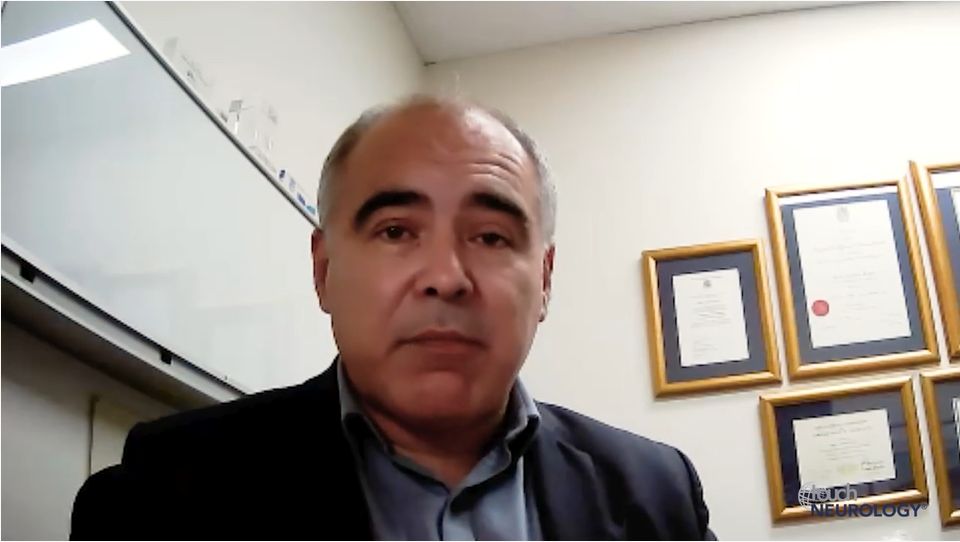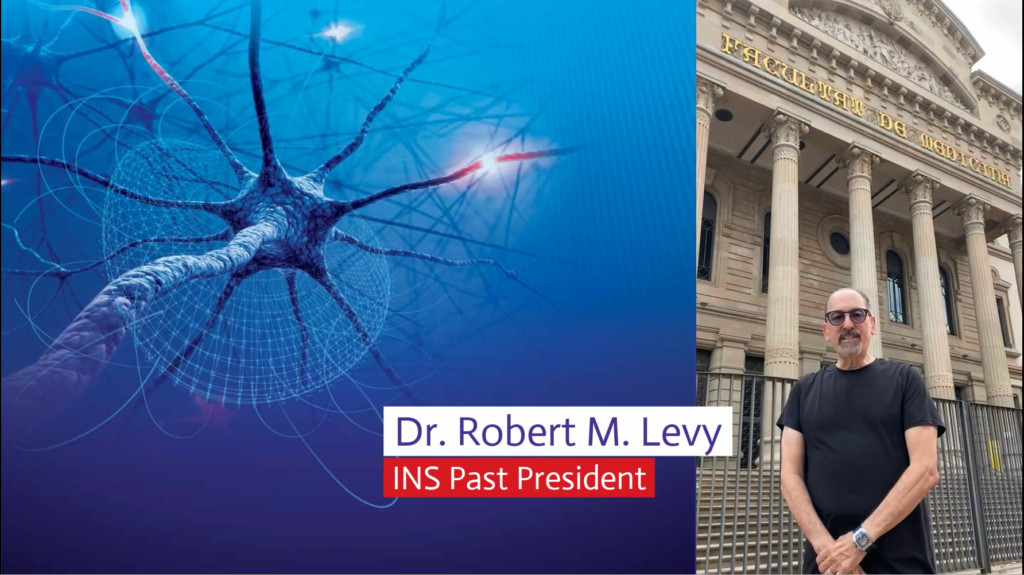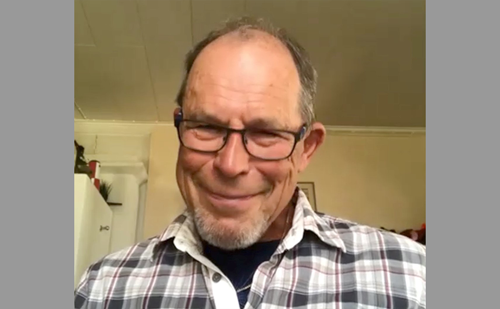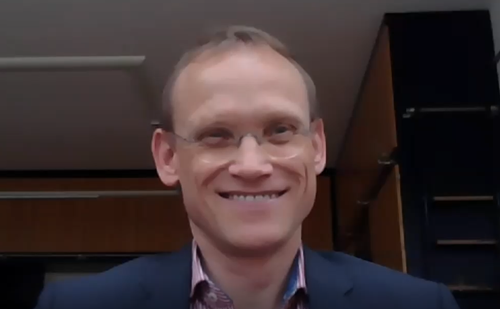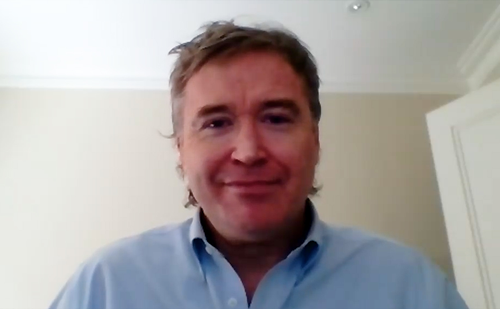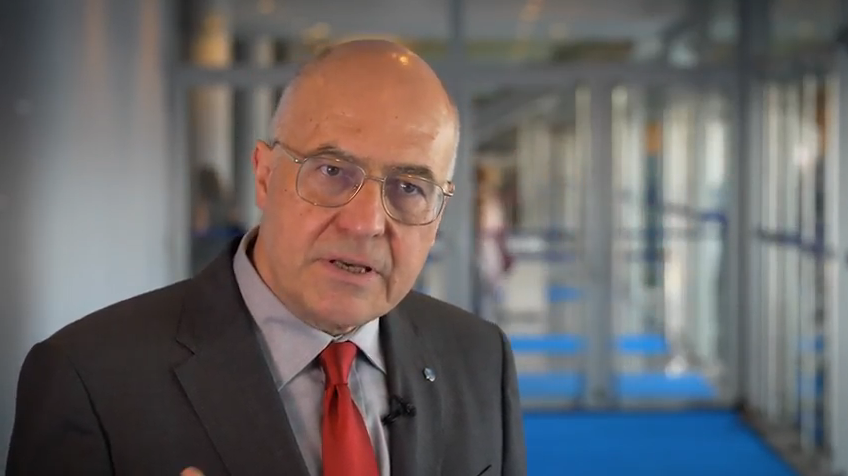Despite being one of the most common serious psychiatric disorders, major depression remains difficult to treat with only 30-50% of patients achieving remission from monotherapy or talk therapy, however many promising new antidepressants are currently under investigation. We were delighted to talk with Dr. Charles Nemeroff (The University of Texas at Austin, Dell Medical School, Austin, TX, USA) around the current treatment landscape, unmet needs and promising new treatment strategies in major depression.
The abstract entitled ‘Current and Future Treatment of Depression: Glass Half Full or Half Empty?’ was presented at the American Psychiatric Association, 20-24 May 2023, San Francisco, CA, USA.
Questions:
- Can you provide an overview of the current treatment landscape and unmet needs in the treatment of major depression? (0:25)
- What are some of the promising new treatment strategies that have recently emerged for major depression? (1:42)
Disclosures: Charles Nemeroff discloses consulting for Intracellular Therapies, Sage Therapeutics, ANeuroTech, Silo Pharma, Relmada Therapeutics, Engrail Therapeutics, EmbarkNeuro, GoodCap Pharmaceuticals Inc., Senseye Inc., Pasithea Therapeutics Corp., SynapseBio Inc., BioXCel Therapeutics, Clexio Biosciences Ltd., Ninnion LLLC., Heading Health LLC. and MAPS Public Benefit Corporation; serving on advisory boards for ANeuroTech (division of Anima BV), Brain and Behavior Research Foundation (BBRF), Anxiety and Depression Association of America (ADAA), Skyland Trail, Signant Health, Laureate Institute for Brain Research (LIBR), Inc., Heading Health, Pasithea Therapeutic Corp. and Sage; and having major stock/ shares in Seattle Genetics, Antares, Inc., Corcept Therapeutics Pharmaceuticals Company, EMA Wellness, Naki Health and Relmada Therapeutics.
Support: Interview and filming supported by Touch Medical Media. Interview conducted by Katey Gabrysch.
Filmed as a highlight of APA 2023
Access more content on psychiatric disorders
Transcript
Can you provide an overview of the current treatment landscape and unmet needs in the treatment of major depression? (00:25)
So there is a huge unmet need for the treatment of major depression and we know this from a few very large studies that have fundamentally shown that at best, and I mean at best, you never treated depressed patients, you can get 50% remission rates in patients treated with evidence-based psychotherapy or pharmacotherapy. In a more general population, it drops to about 28%, so that the vast majority of patients who were treated initially with an SSRI or another monotherapy simply do not, the vast majority, attain remission and for that reason, there are all sorts of dire consequences in turn, in, you know, as an example, an increase in suicide rate, increased use of drugs and alcohol, a negative impact on vulnerability to medical disorders, and it goes on and on and on. So untreated depression is really a public health crisis.
What are some of the promising new treatment strategies that have recently emerged for major depression? (1:41)
There are a number of pharmaceutical companies and device companies that have moved forward with exciting new programs for the treatment of major depression. This is after a long hiatus of many years in which there was fundamentally little movement in the field. So I’ll divide this up into pharmacological approaches, number one, novel pharmacological, you know, very novel agents that are unrelated to any common agents, neuromodulation, including TMS and other neuromodulation approaches, and then sort of combination therapies. So just to tick off the medications, we’ll start with zuranolone. Zuranolone is a drug that is related to the currently approved drug, brexanolone, which is available for the treatment of postpartum depression, but it involves an intravenous sixty-hour infusion. Zuranolone is an oral medication that’s given for two weeks, and the company that has developed it has applied for FDA approval for both major depression and for postpartum depression, and it has a novel mechanism of action. It is a positive allosteric modulator of the GABAA receptor. So that’s probably the compound that’s closest to getting approved. Then there are a couple of, putting psychedelics aside for a moment, there are a couple of other novel agents in the treatment of depression that are also moving forward. They include S-methadone, a compound developed by another company, had a very positive inpatient trial, a couple of negative outpatient trials, and now a third trial is currently underway. This is an enantiomer of methadone purportedly without any abuse liability that’s being studied for depression. And then there are a whole host of ketamine derivatives. As you know, ketamine, S-ketamine was approved for treatment-resistant depression following up on the IV ketamine data, and a whole bunch of companies looking at oral ketamine in one form or another, subcutaneous ketamine, modifications of the ketamine molecule, all of this is in process, nothing yet. I know there has been a negative trial with R-ketamine, the isomer of the racemic mixture. Then there’s a drug called ezogabine, which is a very unusual drug. It works on potassium channels. There’s one study that it’s shown to be effective, and we’re awaiting results of other studies. So that will be sort of a summary of the non-psychedelics. In terms of the psychedelics for depression, this is largely focused on psilocybin. Compass Pathways is the leading company coming out of the UK that is now about to do their final pivotal trial in treating resistant depression. They have published their results in the New England Journal of Medicine, they have a clear statistical separation between psilocybin and placebo. The FDA obviously has to adjudicate what this approval would look like in terms of administering a psychedelic drug in combination with some form of psychotherapy, how much is the drug in the efficacy, how much is the psychotherapy that follows is a debatable question. But there are a large number of psychedelic companies that are looking at psilocybin or other psychedelics in the treatment of depression, and this ranges from one or two treatments of a psychedelic dose to microdosing, which does not produce a psychedelic dose but is not yet shown to be effective in, not that it isn’t, but there haven’t been any randomized double-blind trials. There are a bunch of these companies, various combinations of psilocybin with other agents. For example, CBD and other agents that might result in efficacy, at least the companies hope so. Then there are the neuromodulation approaches and this has been led by Nolan Williams at Stanford who developed the SAINT method, which is the Stanford accelerated theta-burst, a method of transcranial magnetic stimulation. It works remarkably effectively in three studies that have been done. A couple of open studies and then a randomized double-blind sham-controlled of the last two studies published in the American Journal of Psychiatry in which patients are treated for five minutes every hour for ten hours, five days in a row. And the amount of energy that’s delivered exceeds the six weeks of standard TMS. The TMS is also directed by something called the neuron navigator on a magnetic resonance imaging and make sure that the target in the left dorsal lateral prefrontal cortex is in fact achieved. So the magic sauce for this remarkable efficacy is probably a combination of the sight being accurate and also the amount of energy being delivered. So there are bunches of advances in neuromodulation. A company called LivaNova has generated renewed interest in vagal nerve stimulation and they’re doing a long, a five-year multisite study in very severe treatment-resistant depression with the hope that the third-party payers would go ahead with this new evidence and reimburse for this treatment. Then, of course, there’s electroconvulsive therapy still sort of the gold standard for the treatment of depression. So there’s a lot going on in this area. What I haven’t mentioned is a host of studies looking at augmentation treatments, add-on therapies. There’s a company that’s looking at an arginine vasopressin 1B receptor antagonist. That would be an add-on strategy. There are other companies using other variants of the atypical antipsychotics that have fewer side effects than those currently available. So it’s a very exciting time in the depression landscape.
Subtitles and transcript are autogenerated

